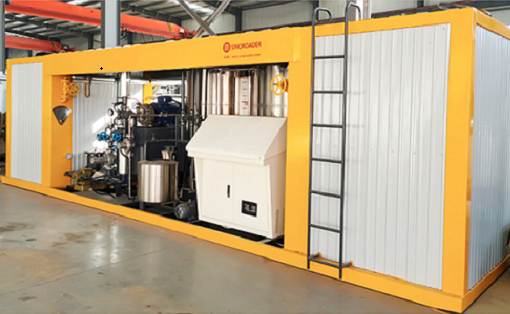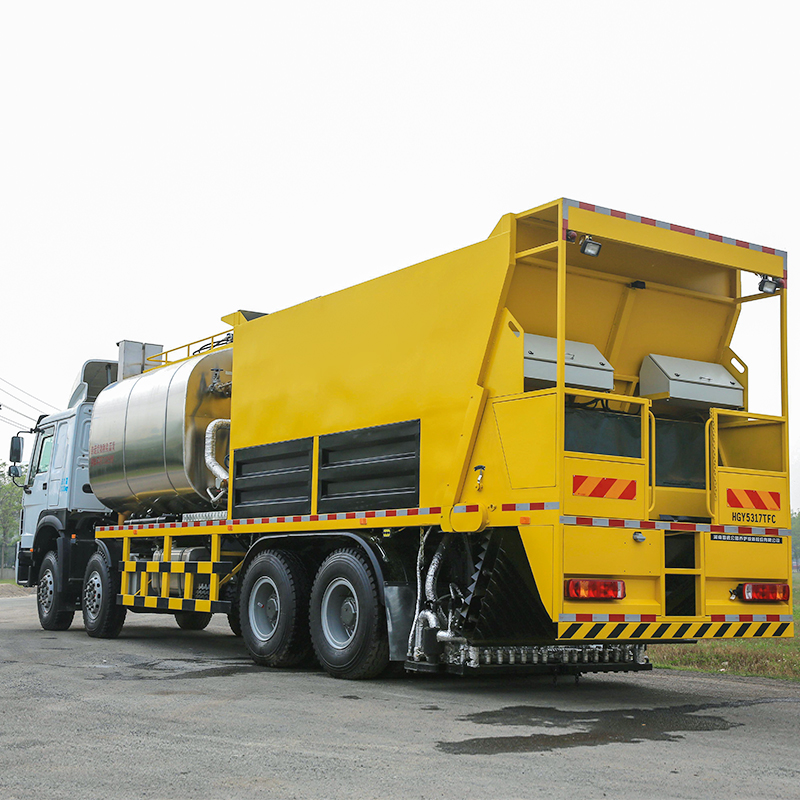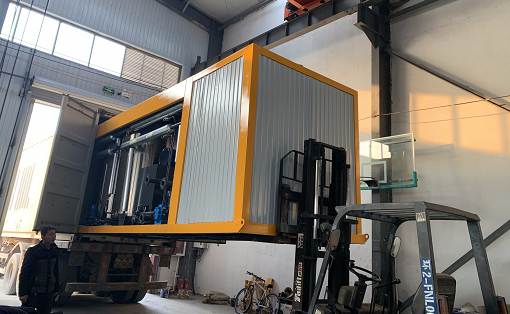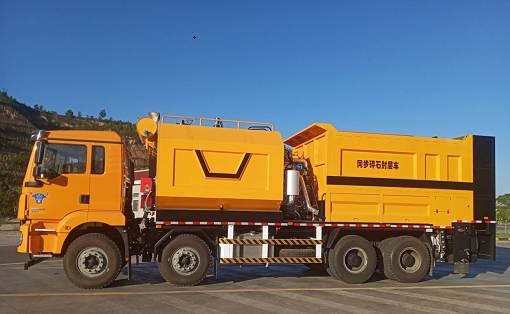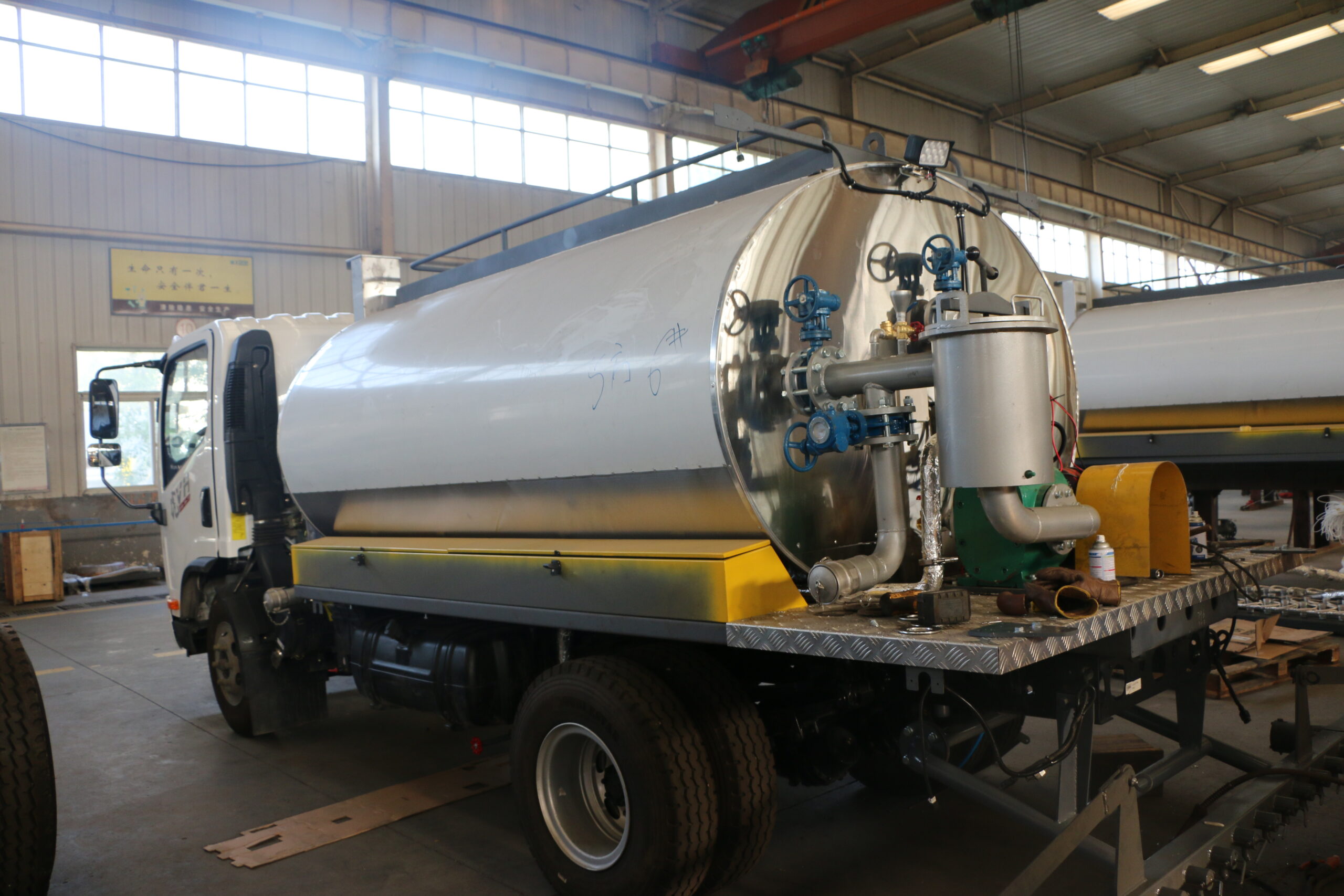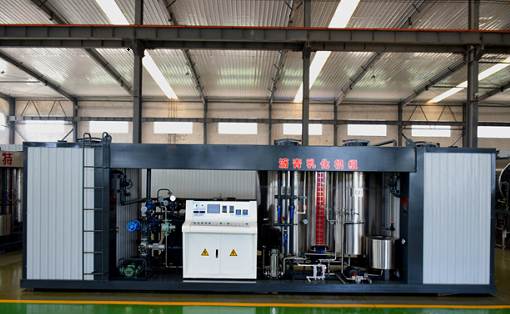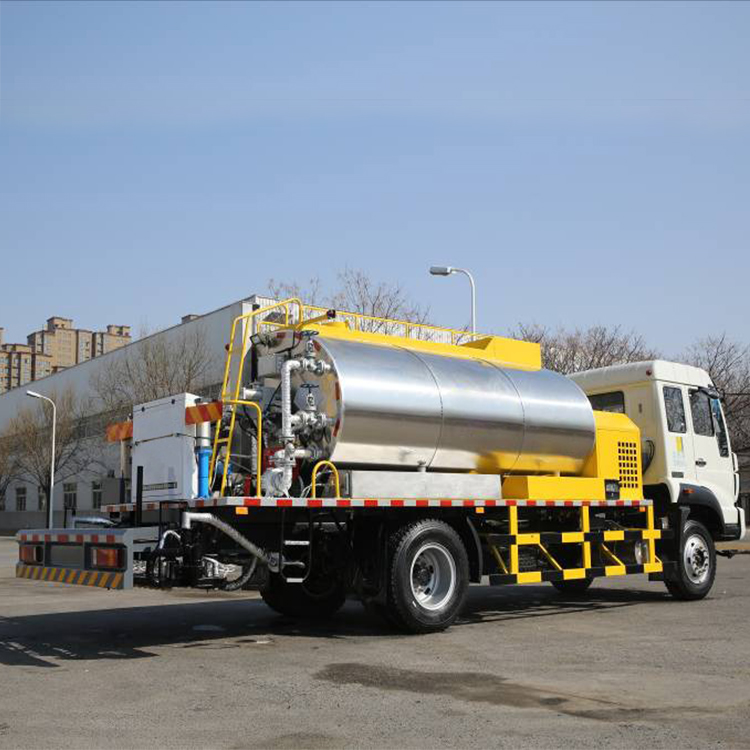Major structural components of modified bitumen equipment
Modified bitumen equipment is a common road construction equipment. In order to better apply this type of equipment, construction personnel need to be familiar with the performance characteristics of each component and understand its function. Only in this way can the normal use of the equipment be guaranteed in daily applications and its function be maximized.
The main structural components of the standard modified bitumen equipment we have seen in the industry are configured as follows:
1. Filter: Impurities in the hot base asphalt can be filtered to prevent damage to subsequent equipment.
2. Bitumen heater: The jacketed heat exchanger further heats the base asphalt through heat transfer oil to meet the needs of the production process.
3. Modifier air delivery system: The modified agent manually poured into the pouring tank is delivered to the asphalt batching tank by air.
4. Stabilizer automatic suction system: Use negative pressure to suck the stabilizer into the batching tank.
5. Asphalt batching tank: Prepare asphalt mixture according to the formula, and use its combined agitator to ensure uniform mixing.
6. Asphalt transportation system: The prepared asphalt mixture is pumped into the swelling tank through a circulation pump for swelling and development.
Modified bitumen equipment is a common road construction equipment. In order to better apply this type of equipment, construction personnel need to be familiar with the performance characteristics of each component and understand its function. Only in this way can the normal use of the equipment be guaranteed in daily applications and its function be maximized.
The main structural components of the standard modified bitumen equipment we have seen in the industry are configured as follows:
1. Filter: Impurities in the hot base asphalt can be filtered to prevent damage to subsequent equipment.
2. Bitumen heater: The jacketed heat exchanger further heats the base asphalt through heat transfer oil to meet the needs of the production process.
3. Modifier air delivery system: The modified agent manually poured into the pouring tank is delivered to the asphalt batching tank by air.
4. Stabilizer automatic suction system: Use negative pressure to suck the stabilizer into the batching tank.
5. Asphalt batching tank: Prepare asphalt mixture according to the formula, and use its combined agitator to ensure uniform mixing.
6. Asphalt transportation system: The prepared asphalt mixture is pumped into the swelling tank through a circulation pump for swelling and development.










